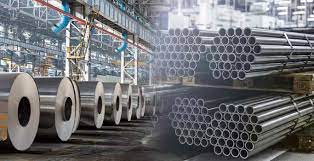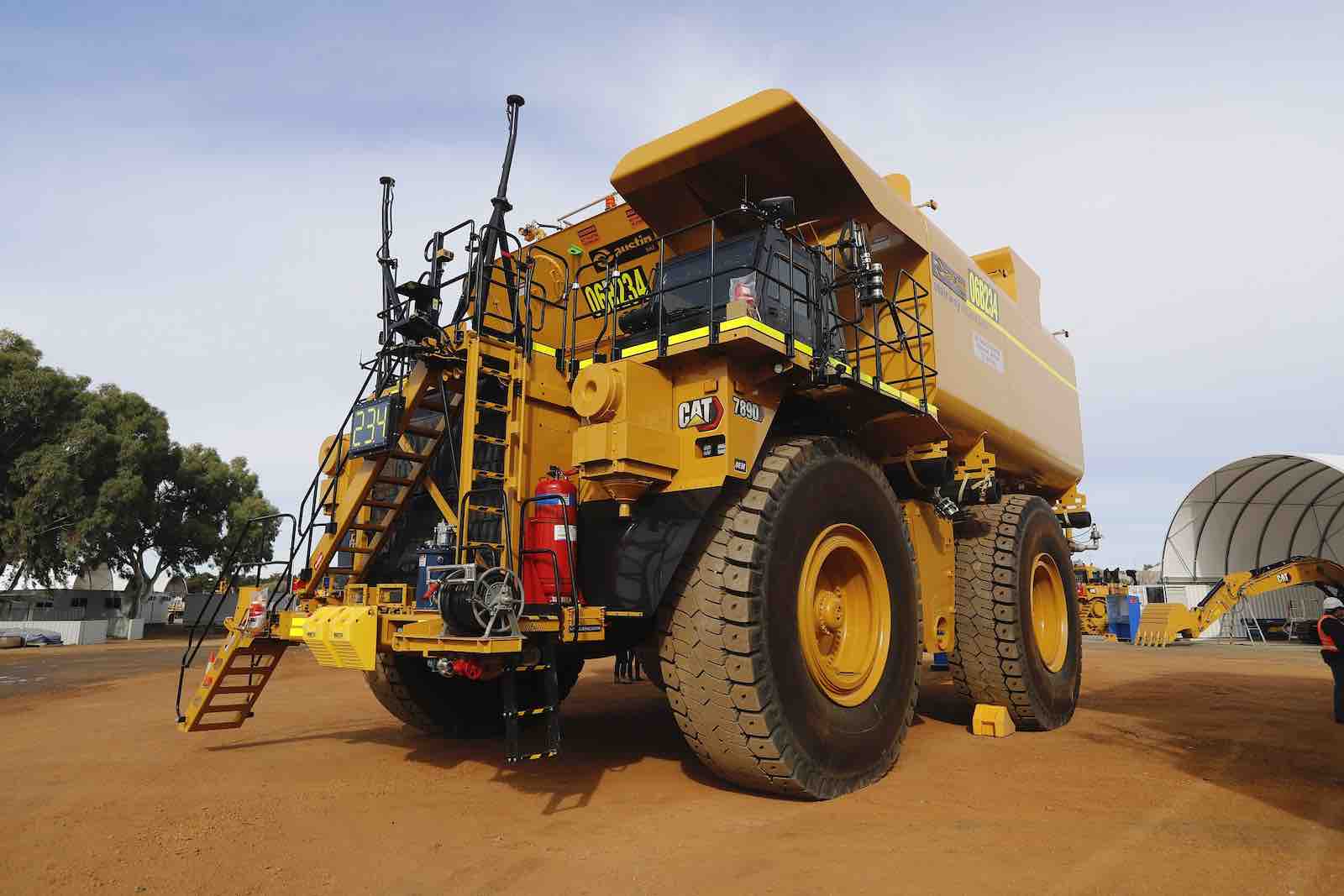Despite a series of announcements by companies scaling back production in response to plunging prices, nickel futures continued their downward trend on the London Metal Exchange. The metal, used in stainless steel and electric-vehicle batteries, has seen a more than 40% decline from a year ago, primarily due to a global surplus. The market has witnessed a surge in new material from Indonesia, a major producer, coinciding with weakened demand growth.
This market downturn has taken a toll on the mining industry. Recently, Wyloo Metals Pty Ltd., a nickel producer backed by billionaire Andrew Forrest, announced the closure of mines. Larger entities like BHP Group and First Quantum Minerals Ltd. are also feeling the impact, alongside several smaller producers that have either halted construction or entered administration.
Colin Hamilton, Managing Director for Commodities Research at BMO Capital Markets Ltd., remarked, “The pressures in the global nickel market are becoming increasingly apparent. We have noted that further temporary or permanent capacity cuts were required to balance the nickel market following last year’s surplus, but it is yet to be seen whether sufficient adjustment has taken place.”
Since June, nickel inventories on the London Metal Exchange have surged almost 90%, rebounding from a decade-low level. On Monday, LME nickel declined by 0.2% to close at $16,007 a ton. Copper remained relatively stable at $8,345.50 a ton on the LME, with most other metals also experiencing declines.








